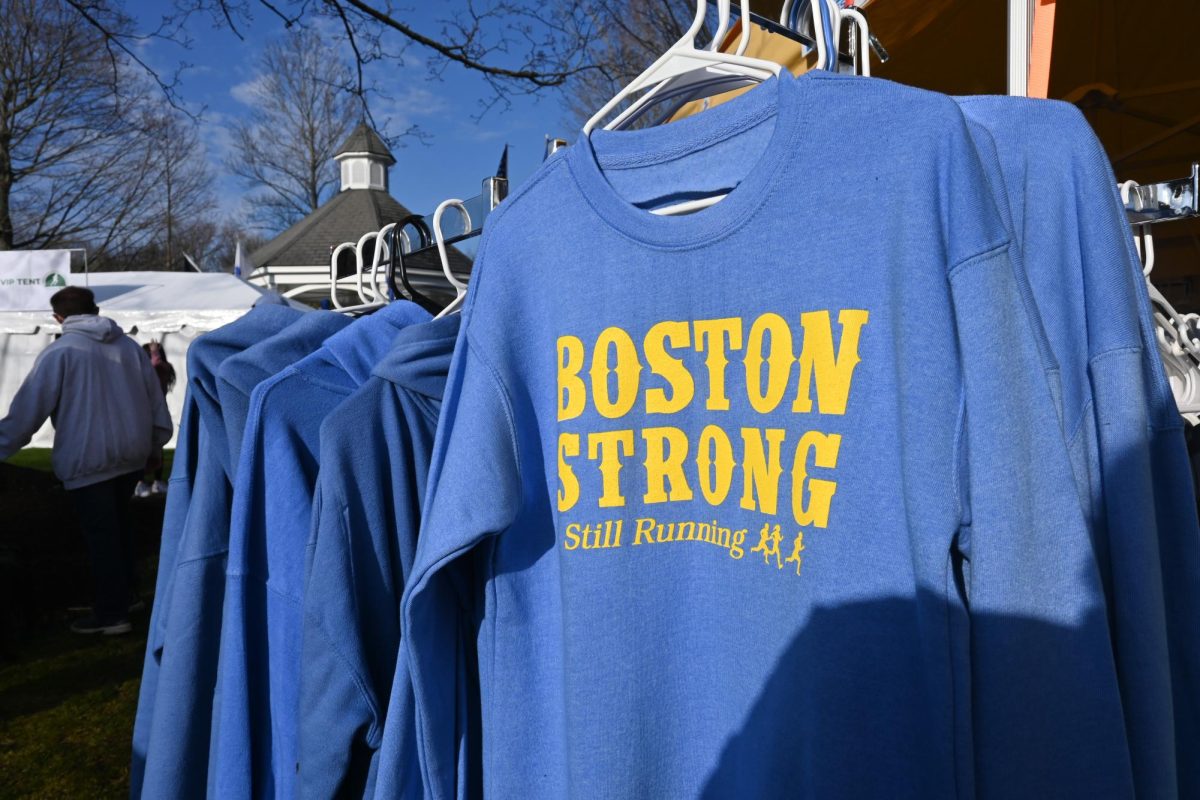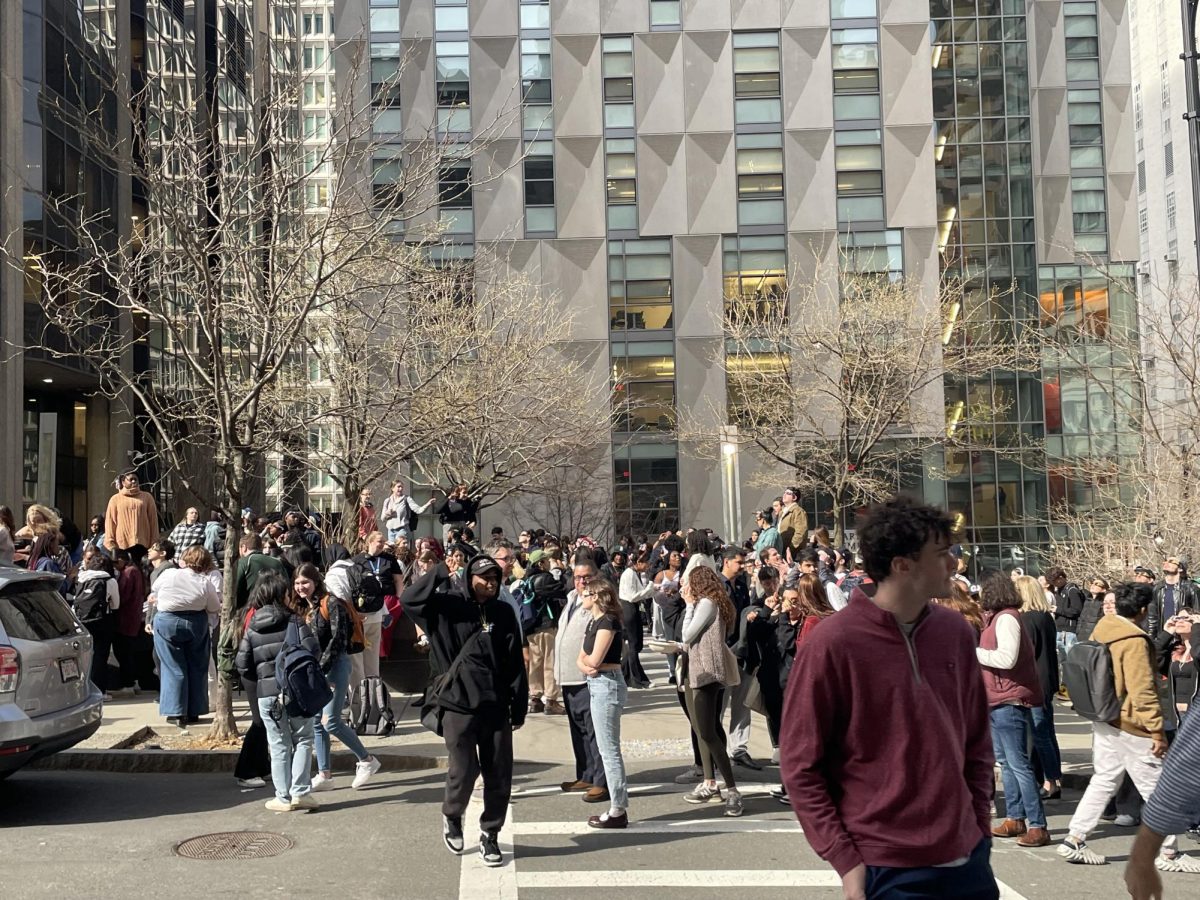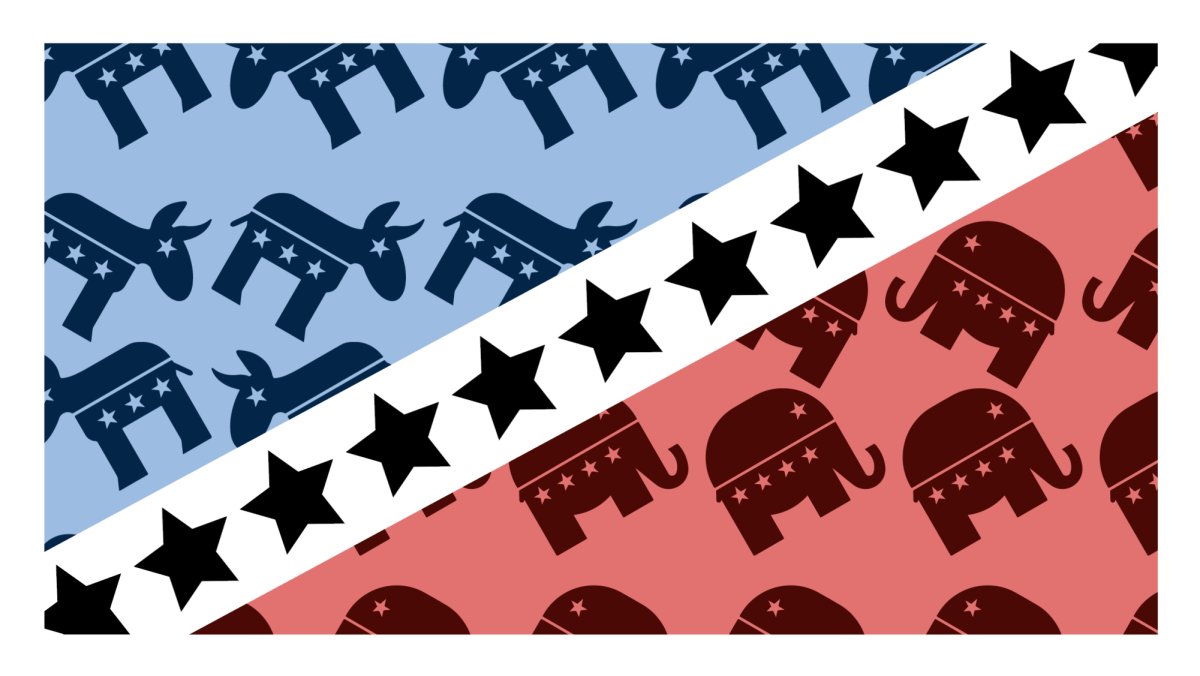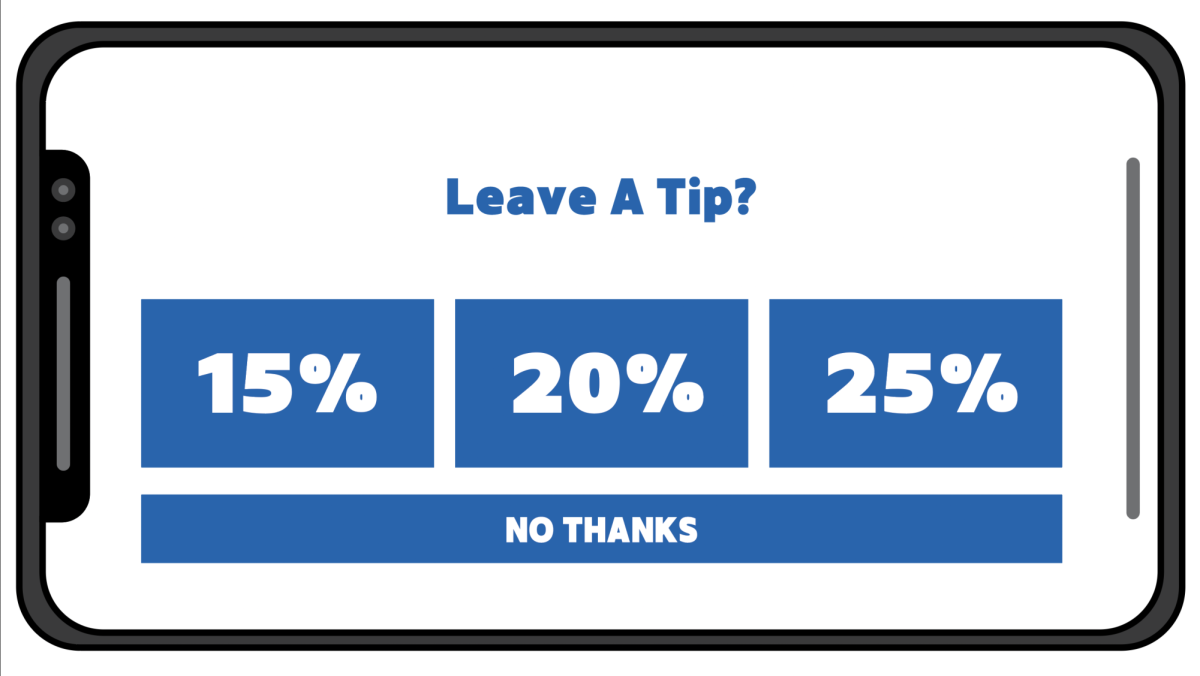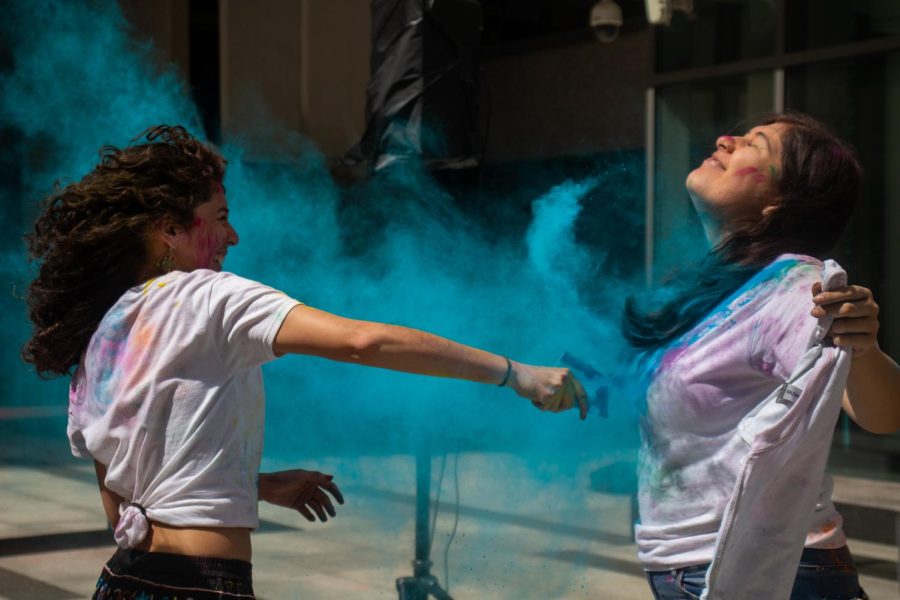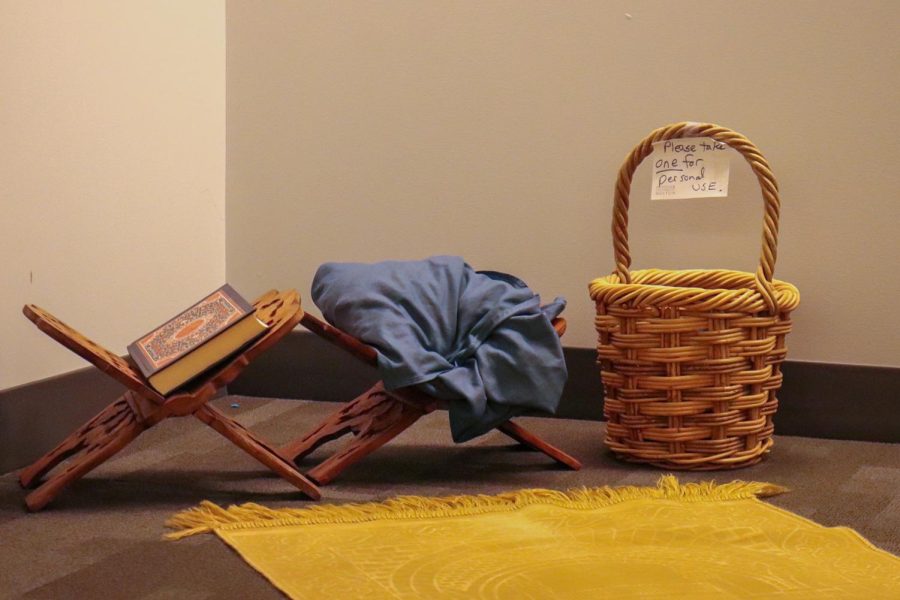U.S. Servicemen murder innocent Iraqis, journalists
Article by: Alex Pearlman
Words cannot describe the absolute horror I felt after watching the video that was released on WikiLeaks yesterday.
If you don’t know what I’m referring to, get yourself to a computer, pronto.
The video, which shows a helicopter filled with U.S. servicemen opening fire on a group of people on a public street in Baghdad, has been confirmed as being authentic and the Internet has been abuzz ever since.
I don’t know what to write. I’m speechless. Thankfully, other journalists aren’t so dumbfounded by these disgusting murders of Reuters employees, civilians and children.
Columnist James Fallows at The Atlantic said this: “…at face value it is the most damaging documentation of abuse since the Abu Ghraib prison-torture photos. As you watch, imagine the reaction in the US if the people on the ground had been Americans and the people on the machine guns had been Iraqi, Russian, Chinese, or any other nationality. As with Abu Ghraib, and again assuming this is what it seems to be, the temptation will be to blame the operations-level people who were, in this case, chuckling as they mowed people down. That’s not where the real responsibility lies.”
Raffi Khatchadourian at The New Yorker wrote about the possible legal ramifications: “A longstanding feature of the Law of Armed Conflict, which has been incorporated into the Army’s Rules of Engagement, is the concept of proportionality: all military action must be necessary and proportional to a given threat… According to the Rules of Engagement, this means that there must be a “reasonable certainty” that the person is displaying hostile intent, or is behaving in a hostile manner, before soldiers may attack…The authority to use lethal force might rest with a person who is not at the scene of the battle, and so communication up and down the chain of command often plays a vital role in determining when soldiers can fire. On several occasions, the soldiers in the Apache seem to regard the conditions on the ground in the most threatening terms, even when there is limited evidence that this is so. ‘Have five to six individuals with AK-47s,’ they tell the on-scene commander, after identifying only one or two armed people on the street. When the Apache is flying over Saeed Chmargh, while he is wounded and struggling on the pavement, the crew expresses hope that he’ll find a weapon so that they can kill him legally under the Rules of Engagement. The video raises a number of interesting questions about the treatment of casualties during an ongoing military operation. On several occasions, the Apache gunner appears to fire rounds into people after there is evidence that they have either died or are suffering from debilitating wounds. The Rules of Engagement and the Law of Armed Combat do not permit combatants to shoot at people who are surrendering or who no longer pose a threat because of their injuries. What about the people in the van who had come to assist the struggling man on the ground? The Geneva Conventions state that protections must be afforded to people who ‘collect and care for the wounded, whether friend or foe.’”
An Economist blog, Democracy in America, said, “For me, there are two essential points here. The first is that we have this video because two of the people who were killed were Reuters employees. How many other civilians were killed in similar circumstances whose names we will never know, because they had no powerful Western employers to publicise their deaths and file FOIA requests?
The second essential point is the moment at 15:29 of the Wikileaks video, when someone, a pilot, gunner, or controller, says, ‘Well, it’s their fault for bringing their kids into a battle.’ Another voice answers, ‘That’s right.’ No. Nothing could be more wrong. When you see children being evacuated from a van you’ve just destroyed, the thought running through your mind should be: What did I just shoot at? Who was in that van? Acknowledging the possibility that you have just killed a party of civilians for no good reason is, of course, terrifying. That is why the soldiers leap to find an excuse to evade the guilt, to blame the parents for their children’s deaths. And the military is more than happy to help them find an excuse. (In the after-action interviews, one soldier mentions a report, corroborated nowhere else, that a dark van had been dropping off militants in the area. The military interviewer replies: ‘That’s good information.’ Good for what? Good for exonerating the military, of course.) Because, if soldiers were to accept the guilt for catastrophes like this one, they might be unable to continue to perform the mission at all.”
As someone who hopes to one day be the kind of journalist who goes into places like Iraq and Bosnia and Vietnam to report on exactly these kinds of situations, the WikiLeaks video both scares the hell out of me and makes me totally sure that this is the job I want to be doing.
The Reuters photographer who was shot was killed because he was attempting to take pictures of the helicopter and the illegal actions taking place therein. Journalists are heroes. They see things that change the course of history, of wars, and of peace. They report the truth.
And the truth here is that the U.S. army committed atrocities, most likely war crimes, and by killing a photographer, allowed their sins to go unnoticed and unreported for years. We need more gutsy and heroic journalists to go out an report these stories because the truth is that 139 journalists have been murdered in Iraq since the American invasion. When will it end?


